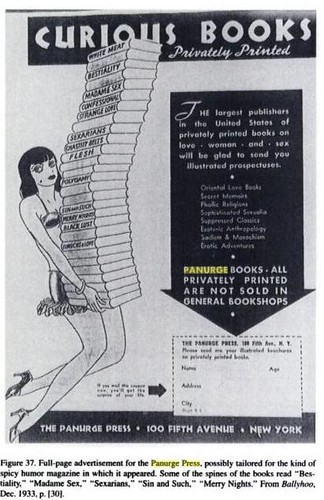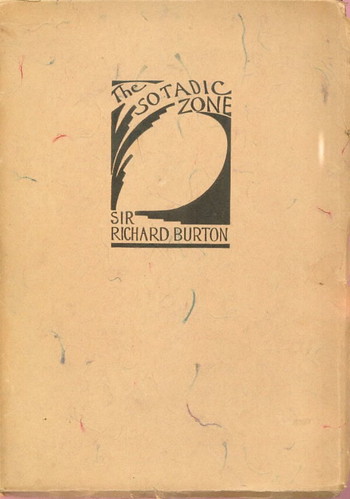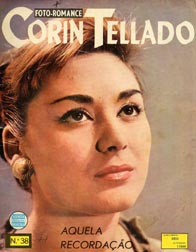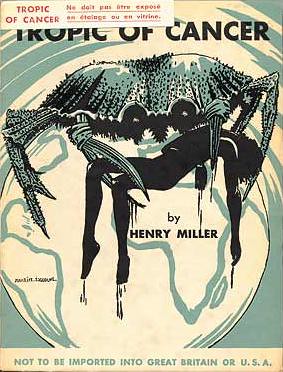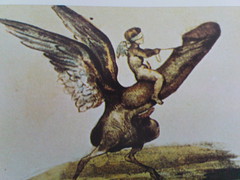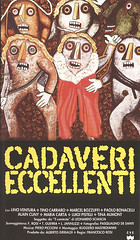RIP Marilyn Chambers
Marilyn Chambers (April 22, 1952 – April 12, 2009) was an American pornographic actress, exotic dancer, and vice-presidential candidate. She was best known for her 1972 hardcore debut porno chic title Behind the Green Door. For a brief time, mainstream cinema noticed Chambers, who in 1977 nabbed a major role in David Cronenberg‘s low-budget Canadian-made body horror film Rabid.
[Youtube=http://www.youtube.com/watch?v=-petXcizF1E]
Behind the Green Door (1972) was the first hardcore pornographic movie widely released in the United States. Directed by the Mitchell brothers and starring Marilyn Chambers as Gloria Saunders, the movie depicts her abduction to a sex theater, where she is forced to perform various sexual acts in front of an audience, with characters including nuns and trapeze artists. The Mitchell brothers appear in the film as her kidnappers. In a psychedelic and colorful key sequence, an ejaculation on Chambers’ face is shown with semen flying through the air for seven minutes. Along with Deep Throat, released later in the same year, the movie launched the “porno chic” boom and started what is now referred to as the “Golden Age of Porn“. The production of the movie is dramatized in the movie Rated X[1] starring the brothers Charlie Sheen and Emilio Estevez as Artie and Jim.
Rabid (1977) – David Cronenberg [Amazon.com]
Picture shows Marilyn with orifice under an armpit, within it hidden a phallic stinger
Rabid is a 1977 body horror film written and directed by David Cronenberg starring Marilyn Chambers and Robert A. Silverman. The plot is about a critically-injured woman (Chambers) victim of a motorcycle accident is taken to the plastic surgery clinic of Doctor Dan Keloid, where some of her intact tissue is treated to become “morphogenetically neutral” and grafted to fire-damaged areas of her body in the hope that they will differentiate and replace the damaged skin and organs.
Unfortunately, the woman’s body unexpectedly accepts the transplants: she develops an orifice under an armpit, within it hides a phallic stinger. She uses it to feed on the blood of other people, and afterwards wiping their memories of their incidents with her.
It soon is apparent that her every victim transforms to a rabid zombie whose bite spreads the disease, eventually causing the city to fall into chaos before the outbreak can be contained.



